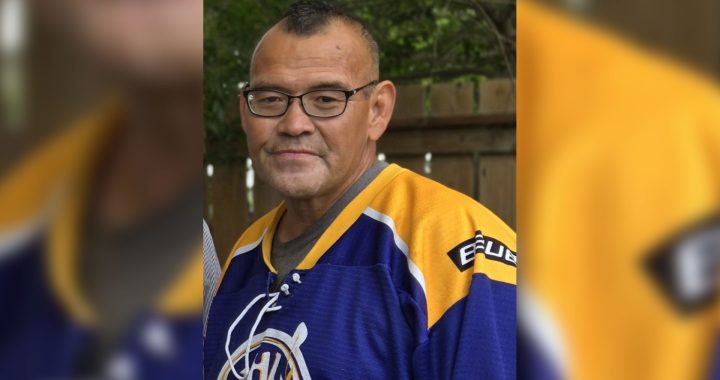The Trudeau government announced more than $12 million on Thursday to help the Akwesasne Mohawk Territory fight organized crime.
The money comes on the heels of the deaths of eight migrants in the St. Lawrence River earlier this year.
“Over the next five years, federal support will continue to enhance the Akwesasne Mohawk Police Service’s capacity to investigate and disrupt organized crime, strengthen the coordination of enforcement efforts across jurisdictions, equip officers and additional tools and training and raise awareness among young people who are at risk in the community about the potential pitfalls of criminal involvement,” Public Safety Minister Marco Mendicino said at a news conference at the Akwesasne police station.
The money includes a $10.4-million funding renewal to help the Akwesasne Mohawk Police Service fight organized crime, as well as separate amounts for new police equipment and for community groups working to prevent violence.
“Akwesasne, like all other communities at the same time, has been confronting the challenges around crime and I would point out that we have seen issues that involve the illegal flow of contraband, obviously organized criminal elements, and most recently, the tragedy involving eight lives lost around an ongoing investigation and human smuggling,” he said.
The announcement came after the bodies of eight Indian and Romanian migrants were pulled from the St. Lawrence River in late March following what police said was a failed attempt to cross illegally into the United States by boat.
Authorities have described Akwesasne as a popular spot for human smuggling due its geography, which straddles the borders between Quebec, Ontario and New York state.
Mendicino said Akwesasne’s “unique dynamics” require police to focus on border issues _ and to obtain the collaboration of different law enforcement agencies. He said the money would allow Akwesasne police to participate in a joint investigative team alongside other agencies, including RCMP, Quebec provincial police, Canada Border Services Agency and U.S. Customs and Border Protection.
“It is the heart of that goal in achieving more collaboration that will facilitate greater information sharing and a unified effort across various levels of law enforcement and border security agencies, which will allow us to invest, investigate, disrupt, and deter organized criminal activity,” Mendocino said.
Akwesasne police chief Shawn Dulude said the money would allow police to purchase technology, such as cameras and drones that would increase surveillance on the community’s roads and waterways.
“On a move forward basis, these additional sums are just going to permit us to reach greater heights, better numbers in terms of police officers and what we can fill in terms of human beings in the uniform,” he said. “We’re going to utilize the sums to buy technology to advance forward in a more efficient and better manner to combat crime.”
Dulude told reporters in April that police had completed 48 separate interceptions involving 80 people trying to enter the United States illegally since January, but admitted Thursday that his force hadn’t arrested any smugglers yet this year.
Police last month suspended their search on the water for 30-year-old local man Casey Oakes, who was last seen operating the boat that was later found next to the bodies of the two migrant families. Dulude said the search for Oakes is continuing, but declined to comment further on the ongoing investigation.
“Rest assured that what needs to be done internationally is being done by our partner agencies such as the RCMP, and what needs to be done locally or within the region is being done through (Akwesasne police) and our neighbouring agencies,” he said.
With files from the Canadian Press










